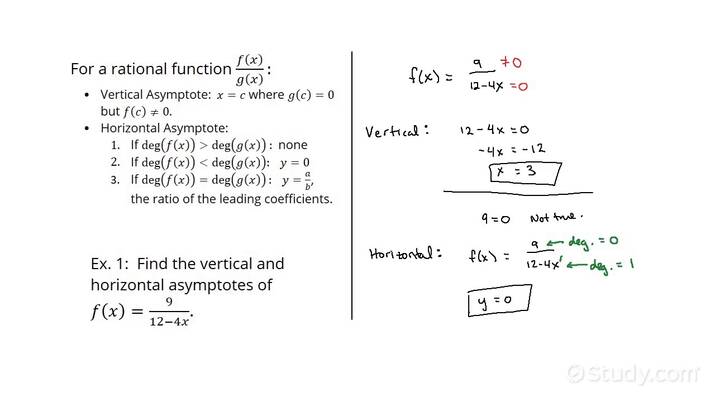Smart Ways to Sauté in 2025: Discover Effective Techniques

Smart Ways to Sauté: Mastering Techniques in 2025
Sautéing is a fundamental cooking technique that helps in developing flavors and textures in various dishes. Whether you are a beginner or an experienced cook, understanding how to sauté effectively can elevate your culinary skills. This technique involves cooking food quickly in a small amount of fat over relatively high heat, making it essential for everything from sautéing vegetables to meat. In this article, we will explore effective sautéing techniques, provide tips for perfecting the method, and share some delicious recipes to get you started. By enhancing your skills in sautéing, you're sure to impress family and friends with your flavorful dishes.
We'll delve into the nuances of sautéing different ingredients, from how to sauté onions and garlic to cooking shrimp and chicken correctly. You'll also learn some common pitfalls to avoid, maximizing the flavors of your dishes. So, grab your skillet and let’s get started!
Understanding the Basics of Sautéing
To begin, it’s important to grasp the core principles behind sautéing. This technique relies on the right combination of heat and fat, which allows for quick cooking while preserving the integrity and flavor of your ingredients.
How to Sauté Properly
Learning how to sauté properly starts with choosing the right pan. A good sauté pan or skillet, preferably with a heavy bottom, ensures even heat distribution. Heat the pan before adding your fat; this helps prevent sticking and allows for that coveted sear.
Sautéing Temperature
The temperature is essential in sautéing; high heat is generally necessary. This is particularly true when sautéing meat and shrimp, where searing creates depth of flavor.
Sautéing with Oil vs. Butter
Using oil or butter impacts the outcome of your dish. Olive oil is great for sautéing vegetables due to its high smoke point, while butter adds richness but requires careful temperature management to avoid burning.
Essential Techniques and Tips
With the basics established, let’s dive deeper into techniques that will enhance your sautéing skills.
Sautéing Vegetables for Flavor
Sautéing vegetables can enhance their flavors and colors. Start with harder vegetables like carrots and bell peppers, then gradually add softer options like mushrooms or leafy greens. This method ensures everything cooks evenly without becoming soggy.
Sautéing for Flavor: Spices and Herbs
Incorporating spices and fresh herbs when sautéing can dramatically enhance flavors. Consider adding garlic and herbs just before finishing cooking to maintain their flavors and aromas.
Sautéing in Batches
For larger portions, sautéing in batches helps to cook evenly and prevents overcrowding, which can cause steaming rather than sautéing. It ensures that each ingredient retains its texture and flavor.
Advanced Sautéing Techniques
Once you are comfortable with basics, it’s time to explore more advanced sautéing methods that provide delicious results.
Sautéing Meat: Tips for Success
When sautéing meat, it’s vital to cut it into uniform pieces for even cooking. Make sure to completely preheat your pan before adding the meat to achieve a proper sear.
Sautéing Garlic Safely
Garlic can easily burn, resulting in a bitter taste. Add garlic at the right moment, usually in the last minute of cooking, to prevent overcooking.
Common Sautéing Mistakes
Avoid adding too much food at once, which cools down the pan and creates steam. Ensure you have sufficient fat to prevent sticking, and don’t forget to season your dishes well!
Sautéing Varied Ingredients: Getting Specific
Now that you understand the technique fundamentals, let’s look at specific ingredients and how to sauté them effectively.
Sautéing Vegetables
Sautéing vegetables allows you to retain their nutrients while enhancing their flavors through caramelization. Different vegetables may require different times, so maintaining a variety of textures can lead to a vibrant dish.
Sautéing Mushrooms and Onions
Mushrooms and onions complement each other excellently. Start with onions until they’re translucent, then add mushrooms to caramelize properly, letting them cook until golden brown.
Colorful Vegetable Combinations
Combining colorful vegetables not only makes your dishes visually appealing but also adds nutritional value. Consider bell peppers, zucchini, and cherry tomatoes for a colorful medley.
Sautéing Proteins
When sautéing meat or fish, it’s crucial to maintain flavor and moisture. The key is to allow the meat to rest after sautéing, which keeps the juices intact.
Sautéing Chicken Succinctly
For sautéing chicken, cut into small pieces to ensure quick cooking. A pre-seasoned chicken works wonders in maximizing flavor during the sautéing process.
Sautéing Shrimp: A Quick Method
Shrimp cooks rapidly, making it essential to have everything prepped beforehand. A mere one to two minutes on high heat should yield perfectly cooked shrimp.
Practical Safety Tips and Techniques
Even with the best techniques, safety in the kitchen is paramount. Here are some sautéing safety tips to keep in mind.
Kitchen Safety During Sautéing
Always use long-handled utensils to avoid burns. Make sure that your workspace is organized, enabling efficient movement while cooking. Keep flammable materials away from the heat source.
How to Sauté Without Oil
For those looking to sauté without oil, consider using broth or water as alternatives. It’s a healthy method that still provides flavor while keeping the dish light.
Q&A Section: Mastering Sautéing
Here are some common questions regarding sautéing to help you refine your skills further.
What’s the best oil for sautéing?
Oils with high smoke points such as canola oil or avocado oil are ideal for sautéing, but don't hesitate to use olive oil for additional flavor.
How do I avoid burning my garlic?
Add garlic last to your sautéing process, cooking it for just a minute or so for the best flavor without the burn.
Can I sauté frozen vegetables?
Freezing vegetables beforehand may lead to sogginess. If you must, make sure they are fully thawed, or sauté at a slightly higher temperature.
``` Its part of generated content. Can i generate another part?